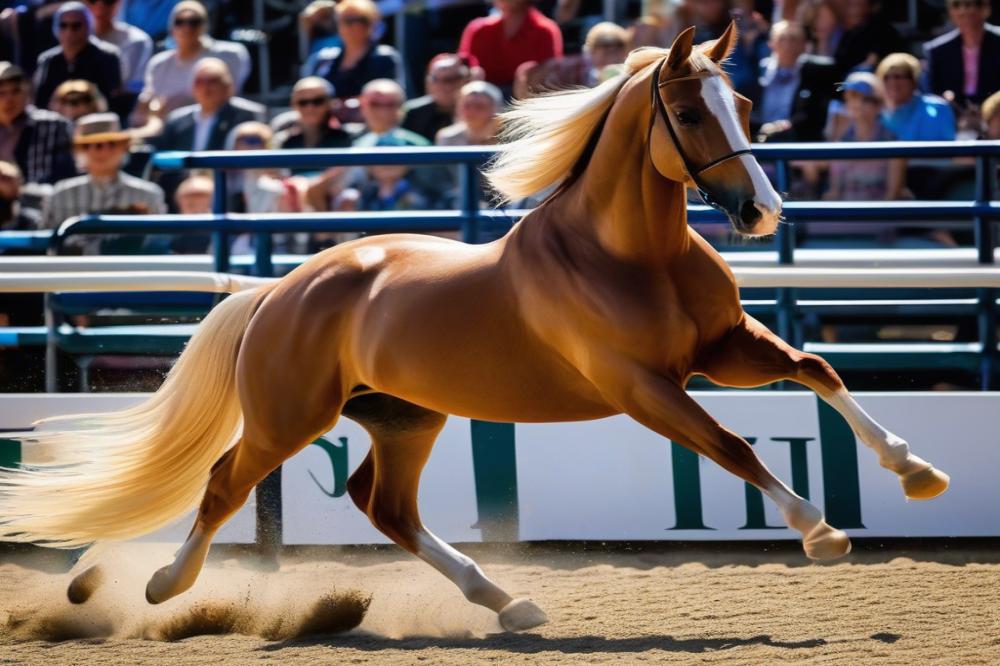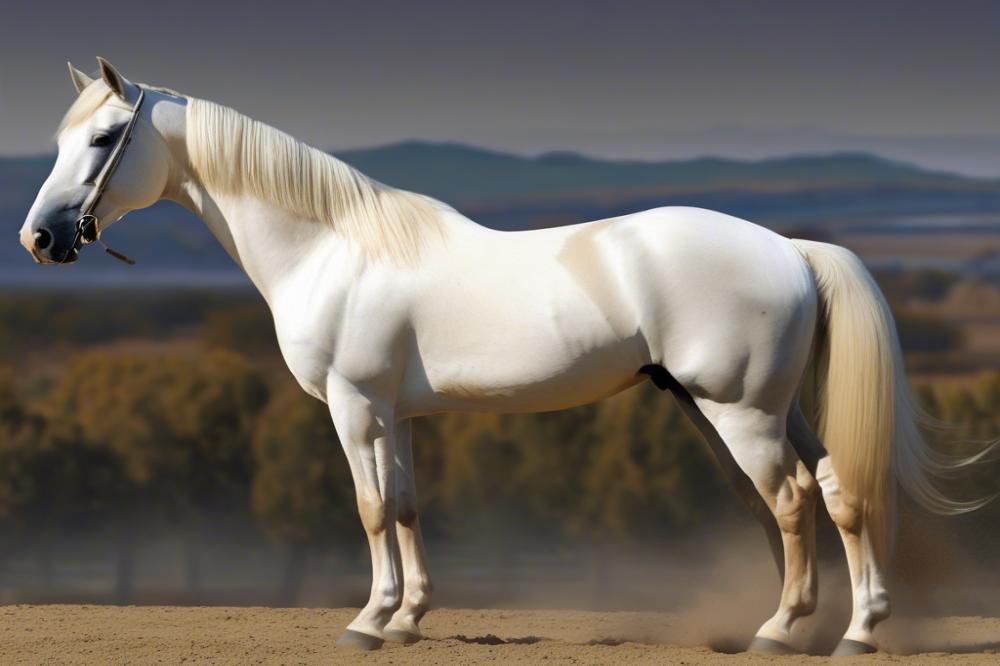Overview of Akhal-Teke Horses
The Akhal-Teke horse is not just another pretty face; it’s a breed that carries a rich history and a personality to match. Originating from Turkmenistan, these horses are famous for their elegance and endurance. With their shimmering coats and regal posture, they can turn heads wherever they go. Those who own or train these remarkable animals often find themselves enveloped in a world of horse care that combines science and art. Imagine a horse so unique in appearance that it catches your breath—a Teke is often recognized by its stunning colors and distinctive features.
While many Akhal-Tekes are chestnut or palomino, some even sparkle like diamonds with their hair catching the light. And let’s not forget about those blue-eyed horses that have a way of charming everyone they meet. Each Teke has its own quirks and characteristics, making horse training a journey filled with surprises and joy.
Importance of Judging Criteria in Competitions
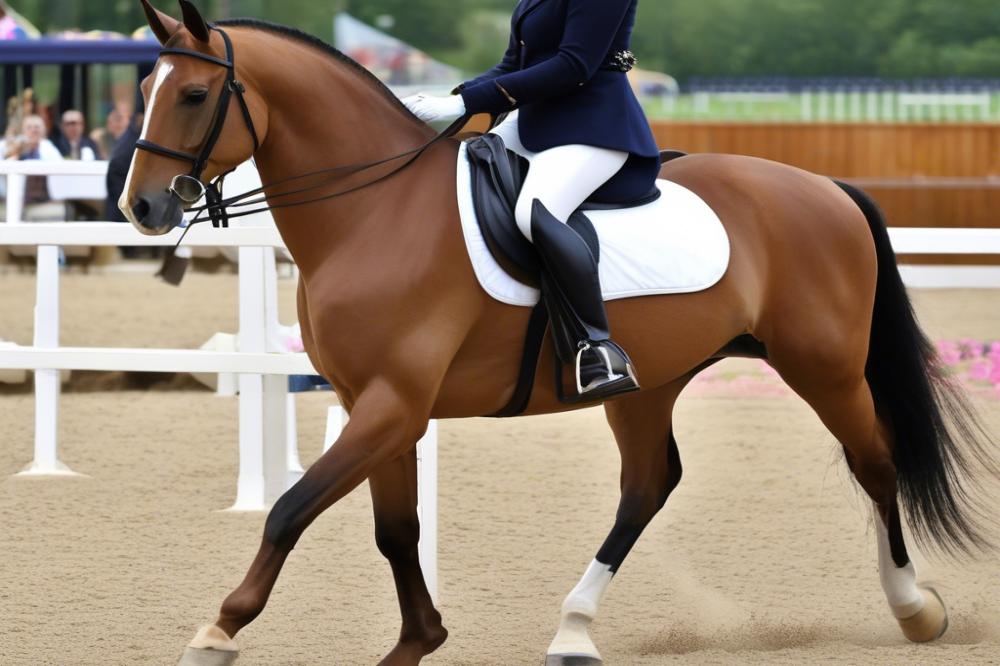
Have you ever watched a horse show and wondered how those judges make decisions? Judging criteria play a crucial role in competitions, especially for prestigious breeds like the Akhal-Teke. A well-developed judging guide helps keep evaluations fair and understandable. Competition is fierce, and without solid criteria, it can feel like navigating a maze blindfolded. Just like a coach helps athletes understand what to focus on, these standards guide both judges and competitors alike.
In performance events where these horses showcase their skills, every detail matters, from their poise to their movement. Well-defined criteria allow for more consistent judging and help trainers know exactly what to emphasize in their equestrian techniques. This means students, trainers, and competitors can hone in on exactly what makes a winning presentation rather than guessing what the judges might prefer.
Purpose of the Article
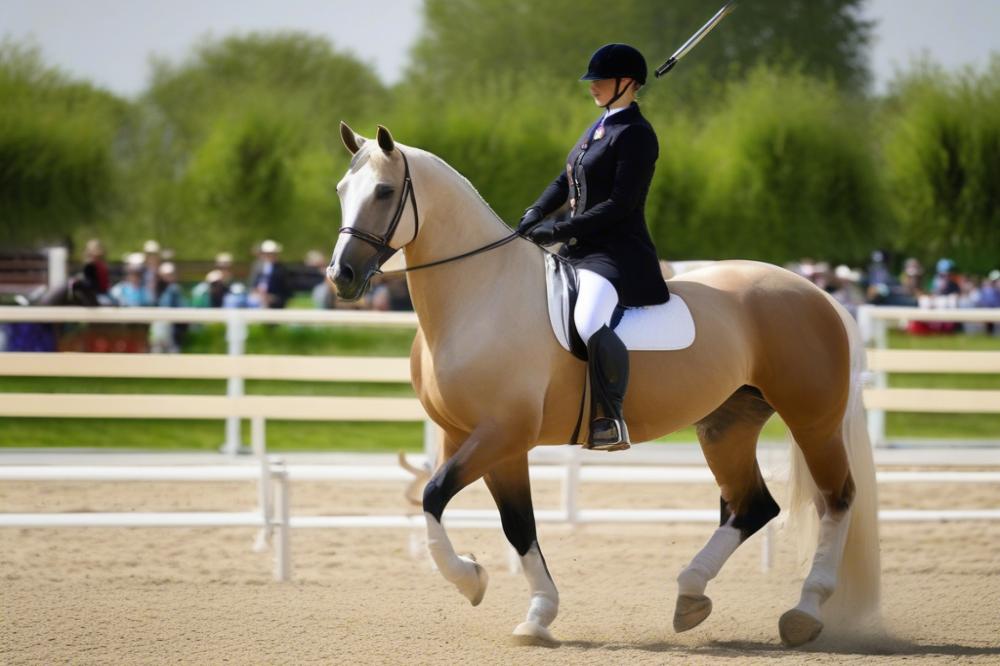
This article aims to explore the various judging criteria for Akhal-Teke horses in both showing and performance competitions. We’ll delve into why these standards matter and how they can elevate the care and training of these stunning animals. Consider it a friendly guide—a warm cup of coffee as you ponder what it takes to turn your horse into a champion. By the end, you’ll hopefully not only understand the judging process better but also appreciate the bond between horse and rider, which goes beyond ribbons and trophies.
So, whether you’re just curious about grey horse names or you’re thinking about entering a competition yourself, there’s something here for everyone. Let’s saddle up and take a closer look at what really counts when it comes to showing off those beautiful Akhal-Tekes!
History of Akhal-Teke Horses
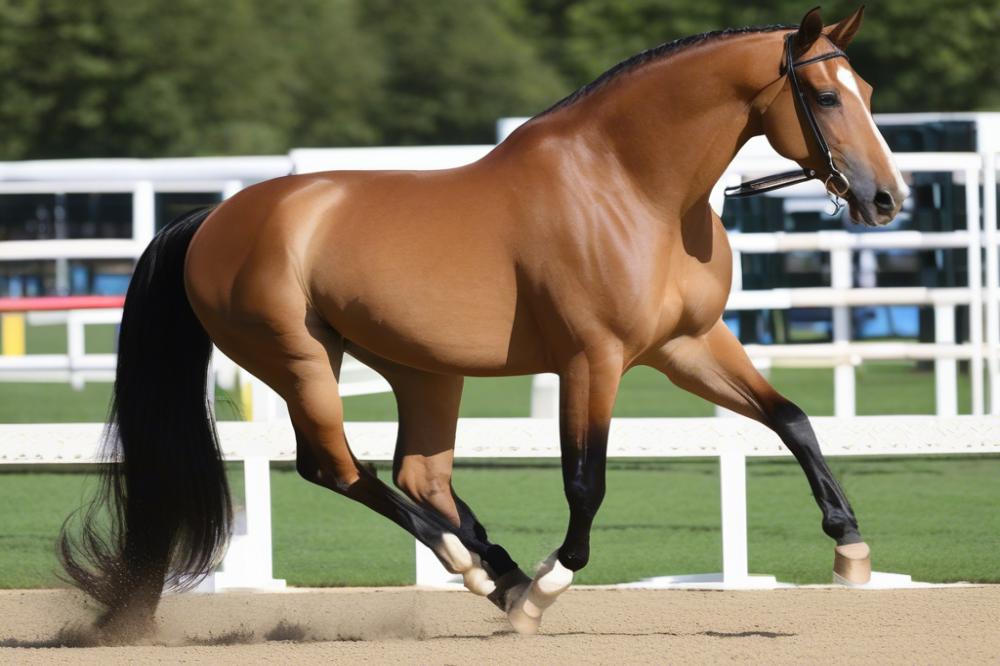
Origin and Development of the Breed
The Akhal-Teke horse has an impressive lineage that goes back thousands of years. This breed originated in Turkmenistan, where the people relied on them for transportation and as warriors. This connection with nomadic cultures made them essential to life on the steppes. They are often deemed one of the oldest horse breeds in the world. Over time, selective breeding focused on endurance and speed, allowing them to thrive in harsh environments. Horse care and training practices developed alongside the breed’s evolution. Every horseman knew the importance of strong equestrian techniques in keeping these animals at their peak.
Cultural Significance
In Turkmen culture, the Akhal-Teke is much more than just a horse; it represents strength, beauty, and heritage. They are featured in art, poetry, and even national ceremonies. At weddings or festivals, these horses often steal the spotlight, showcasing their stunning coats and graceful movements. People believe owning an Akhal-Teke is a symbol of prestige and nobility. Their connection to the nomadic tribes adds a layer of richness to their story. It’s like having a piece of history right there in your stable!
Notable Traits and Characteristics
Akhal-Tekes possess some distinct features that catch anyone’s eye. Their unique shiny coat can be breathtaking, especially when the sunlight hits it just right. Most fans describe the colors as shimmering, almost like copper or gold. These horses are built for both grace and function. Along with that, they often boast strong legs and a lean body ideal for long-distance travel. Known for their intelligence, they pick up new skills quite quickly. Whether in equestrian events or everyday training, their eagerness shines through. Handlers must pay special attention to their needs in horse care and training. A little patience goes a long way with these remarkable creatures.
It’s no wonder why Akhal-Tekes are admired globally. Horse lovers and competitors alike appreciate what makes them stand out. Their spirit and elegance can captivate audiences in competitions, making the Akhal-Teke horse judging criteria highly regarded.
Overview of Showing and Performance Competitions
Showing and performance competitions are special events that celebrate the beauty and skills of Akhal-Teke horses. These competitions take place all around the world. They provide a platform for horse enthusiasts to showcase their beloved animals. Competitors and spectators alike enjoy a day of excitement. Horses strut their stuff while riders demonstrate their best skills.
Types of Competitions Featuring Akhal-Teke Horses
There are various types of equestrian events that feature Akhal-Teke horses. One popular type is the conformation class. Here, judges evaluate the horse’s build, stature, and overall appearance. Another type is the performance class. In these events, horses showcase their abilities in controlled settings. Reining, dressage, and jumping are common. Each competition has its own flavor and charm.
Common Disciplines Included
A wide range of disciplines can be found in these competitions. DRESSAGE highlights grace and connection between horse and rider. Performance trials emphasize speed and agility. Trail events test a horse’s ability to maneuver through obstacles. Each discipline showcases the immense talent of both horse and rider. It’s fascinating to see how Akhal-Teke horses excel in different roles.
Purpose and Goals of These Events
These competitions serve many purposes. First, they promote the breed through showcasing the Akhal-Teke’s elegance and athleticism. Enthusiasts enjoy sharing their passion with others. Competitors aim to improve their horse care and training techniques, learning from experienced judges. These events also aim to develop a community of horse lovers who support one another. Winning is great, but the joy of the journey matters too!
Akhal-Teke Horse Judging Criteria
Specific Criteria for Conformation
The Akhal-Teke horse has some distinctive features that set it apart. Judges look for a well-balanced body. That means an athletic build with strong muscles. You want to see a long neck that connects smoothly to the body. A nicely shaped head is also important. It should appear elegant and refined. While evaluating the conformation, judges pay attention to overall proportions. Short legs on a tall horse don’t make the cut. A flat back or a long back can raise eyebrows too.
Various other traits come into play as well. For instance, a deep chest suggests strength. Additionally, well-defined withers can enhance the overall appearance. The tail should be set high, adding to the horse’s graceful look. All of these features contribute to the horse’s ability in equestrian events.
Movement and Gait Evaluation
When it comes to movement, horses should glide rather than shuffle. Fluidity is key here. Judges often look for a powerful stride and effortless movement. A good Akhal-Teke can trot with a spring in its step, showing off its endurance. They appreciate a horse that moves with purpose, demonstrating energy and agility.
Don’t forget walking! A smooth, relaxed walk is just as essential as a flashy trot. Evaluating how a horse transitions between gaits matters too. Each change should be seamless. The ability to maintain a straight line and balance reflects well on the horse. It’s all part of making those equestrian techniques truly shine through.
Temperament and Behavior Expectations
Temperament plays a significant role in judging Akhal-Teke horses. A calm and collected horse often outshines those who are more skittish. Having a gentle nature can show how well a horse is trained. Judges prefer horses that respond positively to commands.
Social skills come into play, too. A friendly horse that interacts well with humans and other horses leaves a good impression. As much as style counts, behavior can tip the scales in a competition. Horses should be eager yet composed when it’s their turn in the spotlight. Judges appreciate a spirited horse, but it shouldn’t look like it’s ready for a rodeo! The right attitude can be a game changer during evaluations in equestrian events.
Taking all of this into account, every aspect from conformation to behavior shapes the overall impression of an Akhal-Teke. The goal is to find a well-rounded horse. It’s not just about looks; it’s about heart and spirit too.
Judging Process in Competitions
Role of Judges and Their Qualifications
Judges play a crucial part in equestrian events. They are the ones who evaluate the horses and riders, using their expertise to make fair assessments. Most judges have extensive training in horse care and horse training. Many have experience competing or working with Akhal-Teke horses themselves. This hands-on experience is important. After all, how can someone judge a horse if they haven’t felt the thrill of riding one?
Judges often undergo specific qualification processes. This can include certifications in equestrian techniques or completing judging clinics. Having a solid understanding of Akhal-Teke breeds helps judges recognize their beauty and capabilities. A good judge looks for more than just flashy moves. They consider the bond between horse and rider. An informed eye can distinguish between a well-trained horse and one that needs more time.
Scoring Systems Used
Scoring systems vary between different competitions. Most judges use a point system where they assign scores based on specific criteria. This can include aspects like conformation, movement, and overall impression. Rather like grading a paper, judges look for strengths and weaknesses. Each score has its own weight, which means some factors matter more than others.
In a typical show, a score might range from 1 to 10. A ten signifies perfection, resembling a gold star from a teacher. Consistency in scoring is vital. Judges often have a judging guide to help standardize their evaluations. This guide helps minimize confusion and makes sure all competitors understand what they are being judged on. Transparency in scoring keeps everyone informed and encourages fair competition.
Common Pitfalls and Errors in Judging
Judging can be trickier than it seems. One common pitfall is being too subjective. While personal preferences can influence opinions, judges need to remain impartial. Emotional ties to specific breeds, including Akhal-Teke horses, should not cloud judgment. Another error includes overlooking minor faults that could affect performance. This can lead to unfairly high or low scores.
Sometimes, a judge might focus too much on one aspect, like flashy maneuvers, while neglecting overall harmony. Riders and horses should demonstrate unity. If they don’t look like they’re working together, that can detract from the performance. It’s like watching a dance where one partner steps on the other’s toes. Timing also plays a crucial role. Rushing through decisions increases the likelihood of mistakes. Judging requires patience and a keen eye.
In the end, it’s all about fair play. With proper training and attention to detail, judges can contribute to an exciting and enjoyable atmosphere for everyone involved. Competitors thrive on constructive feedback. A well-judged event can elevate the experience. Everyone leaves with lessons learned and aspirations for improvement.
Training and Preparation for Competition
Training plays a crucial role in success at equestrian events. An Akhal-Teke horse needs to be well-prepared, both physically and mentally. Proper horse training shapes a horse’s skills, making them more competitive. Think of it like getting ready for a big game; you wouldn’t step onto the field without practice.
Techniques for Preparing Akhal-Teke Horses
Using specific equestrian techniques can really set the stage for performance. First, focus on building a solid foundation with basic skills. Young horses should learn simple commands before diving into advanced moves. Consistency is key. Training sessions should also be engaging. Mixing things up keeps both the horse and rider interested.
Next, don’t forget about physical conditioning. Incorporating strength training helps to keep the horse in peak shape. This could include lunging exercises or hill work. Like athletes, horses need to be fit to perform at their best. In addition, flexibility is important. Regular stretching exercises can prevent injuries and improve overall performance.
Mental preparation is just as vital as physical training. Horses can get nervous in competition settings. Familiarizing them with the show environment can ease anxiety. Take the time to expose the horse to different sights and sounds. This practice makes each competition feel less daunting. Think of it as taking them on a field trip!
How Preparation Influences Judging Outcomes
Believe it or not, how prepared a horse appears can significantly impact judging outcomes. Judges look for confidence and smoothness in performance. A well-prepared Akhal-Teke stands out because of poise and agility. Poorly prepared horses might seem on edge and uncoordinated. That could lead to less favorable scores.
Attentive horse care also plays a part in the equation. Judges notice details like grooming and overall appearance. An immaculate coat and neat tack show that a horse is well-loved and cared for. This can leave a lasting impression. Plus, a happy horse often performs better, and that shows through their presence in the ring.
In many cases, preparation reflects directly in the performance quality. A horse that has practiced performing specific maneuvers will execute them more effectively. This not only impresses the judges but aligns with the judging guide’s expectations. If a horse moves fluidly and confidently, the scores usually follow suit!
Future of Akhal-Teke Horse Competitions
Emerging Trends in Judging Criteria
Akhal-Teke horse competitions are changing, just like everything else in life. New trends are popping up that focus on how horses are scored and judged. Judges now look at not just the physical traits of the horse, but also how well handlers and riders interact with them. This is a shift towards considering the bond between the horse and its trainer. Fairness in the judging guide becomes even more crucial as these trends develop. Equestrian events are transforming, and these changes reflect a desire for a more holistic view of performance.
Growth of Akhal-Teke Breed Visibility
Have you noticed the rising popularity of the Akhal-Teke breed? It seems like more people are becoming fascinated with these horses than ever before. Their dazzling coats and graceful movements are hard to ignore. Thanks to social media, anyone can see stunning clips and photos of these horses in action. Increased visibility means more fans, more competitions, and a bigger stage for Akhal-Teke horses. As word spreads, more equestrian events are likely to feature this breed, broadening its appeal.
Impact of Global Audiences on Competitions
Global audiences are making a splash in the world of horse competitions. People from different corners of the earth are tuning in to watch Akhal-Teke horses strut their stuff. This interest can change the atmosphere of competitions entirely. With more eyes on the event, there’s pressure to keep things exciting and engage viewers. Social media platforms are buzzing with fans expressing their support for their favorite horses and riders. It’s a whirlwind of excitement that just keeps growing. This global connection could lead to new styles of horse care and equestrian techniques as competitors share their best practices internationally.
In this ever-evolving landscape, one thing is clear: the future of Akhal-Teke horse competitions is bright, bursting with potential and excitement!
Wrapping It All Up
In the world of Akhal-Teke horses, understanding the judging criteria can be a game changer. We’ve explored various aspects that judges look for in showing and performance competitions. From breed standards and performance ability to the horse’s health and its bond with the rider, every detail plays a crucial role. It’s not just about flashy moves or how shiny the coat is; it’s the essence of the partnership between rider and horse that truly shines through in these events.
Recognizing the importance of these criteria can really boost your confidence. Knowledge is power, after all! Participating in Akhal-Teke competitions isn’t just about winning ribbons; it’s about celebrating the rich heritage and versatility of this remarkable breed. These incredible horses are deserving of admiration, whether they excel in performance or showcase those graceful, flowing movements in a show ring. After all, they’ve been bred as a horse for war, showcasing strength, agility, and a captivating spirit.
So, why not take that leap and get involved? Competing in these events can be as rewarding as a summer’s day after a spring rain. You might discover a community of kindred souls who share your love for these magnificent creatures. Picture yourself standing proudly in the arena with dogs and horses together, celebrating the bond you share with your steed. The experience will help you grow, not only as a rider but also as a person embracing life’s adventures.
Take it from us: Whether you are a seasoned competitor or a curious newcomer, each show and performance brings its own set of stories and memories. It’s worth every minute! So saddle up, stay informed about the Akhal-Teke horse judging criteria, and ride into the sunset of fun-filled experiences.

